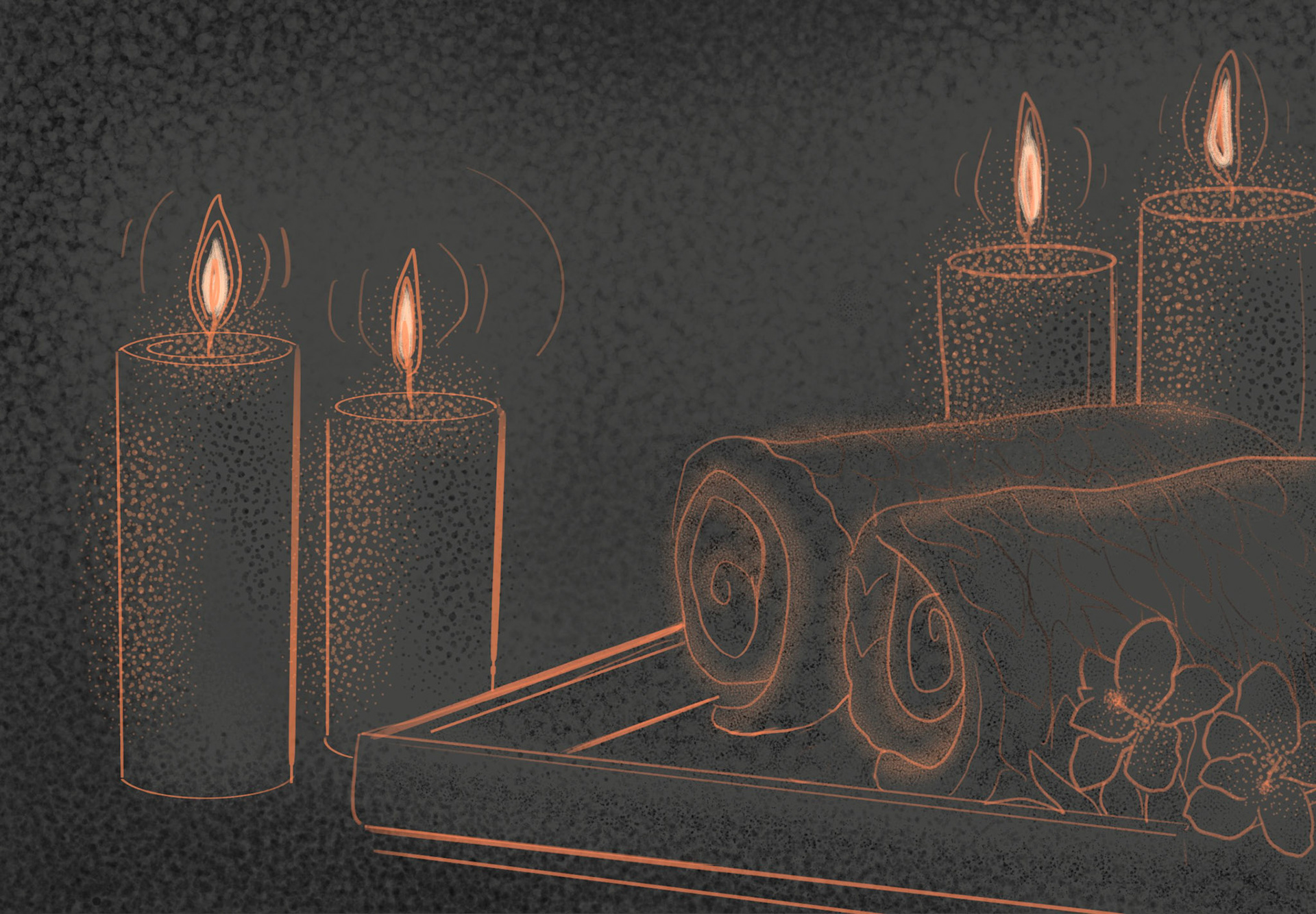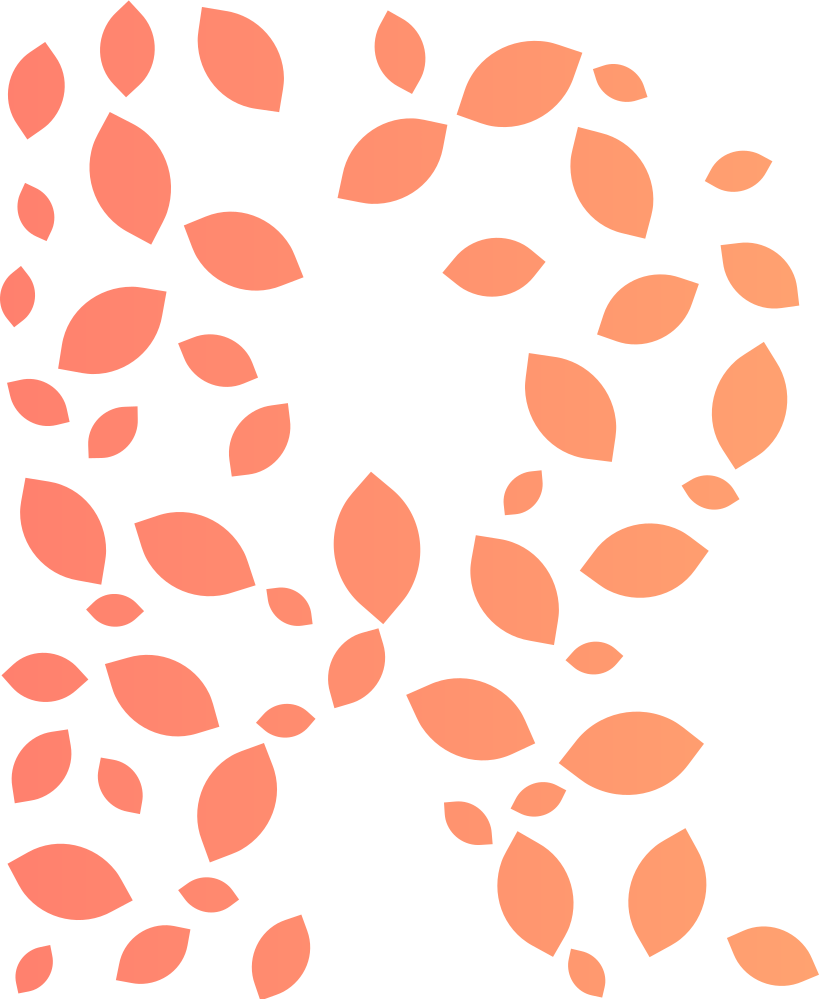What is Clinical Massage?
Why do you need this approach?
The answer is simple: You need relief from tension in the large muscular structures of your body, but before that can be achieved, you need your myofascial connective tissues to be supple and fluid. Clinical Massage Provides this for you.
Our approach addresses the issue at its core and then moves on to the musculo-skeletal issues. This is what is missing from most massage therapy. They go directly for the muscle and attempt to force it to release. We work to diffuse and reset the mechanisms which hold the patterns in place, then move to resolve what remains.

What is myofacial connective Tissue?
Why does it matter?
Myofascial tissue is a type of thin, strong, fibrous connective tissue that extends throughout your body to provide support and protection to your muscles and bones. Myofascial tissue fibers are made up of collagen and elastin fibers that are arranged in a web-like structure and that are suspended in a fluid called ground substance. Dr. Janet Travell first used the term myofascial in the 1980’s in reference to problems with musculoskeletal pain and what are now called trigger points.
You can think of myofascial tissue as being similar to a mesh bag that contains your groceries. It is pliable, and can expand and contract as the contents of the bag change. It envelops your body like a wet suit, from the tips of your toes to the top of your head.
Over time fascia tends to become thicker and stickier; less fluid, and more solid. This leads to more friction and inflammation in the body. Our fascial tissues are interwoven within the muscles and bones, essentially wall-papering over and under everything, solidifying the shape into place. This is why your tension will not let go even after a long massage.
When this mechanism is impaired, bigger problems start to build and multiply. Over time we become set into patterns as we strive to fulfill our chosen responsibilities. We become fixed in our roles in our bodies, and this inevitably causes stagnation in our tissues. It starts small but in a matter of a few decades, most of us have discernible deviations from how our bodies were meant to function. That is bad news.

How Does Clinical Massage Help?
What can I expect?
The good news is this stagnation can be reversed. Our body is self-healing and that means addressing the fascia in addition to deep tissue release prevents further damage to the structures, causes increased blood flow, and promotes healing to areas of the body that have been stuck in dysfunction- sometimes for days and other times for decades. In each case, the release of the network of myofascial restrictions and muscular adhesions relieves pain and improves function.
For first-time clients, a series of sessions is recommended in the first 2 months to achieve relief of specific complaints, and a follow-up session is recommended every 1-3 months afterward as needed, to keep working towards full body resolution and relief from occasional aches and pains. Most clients report significant relief after their first session and within a few sessions are ready to aim for monthly sessions just to prevent the problems before they start.
Do you have more questions? Great! I would love to talk with you! Please don't hesitate to email me at relaxrenewclinicalmassage@gmail.com or call
(214) 415-8311
